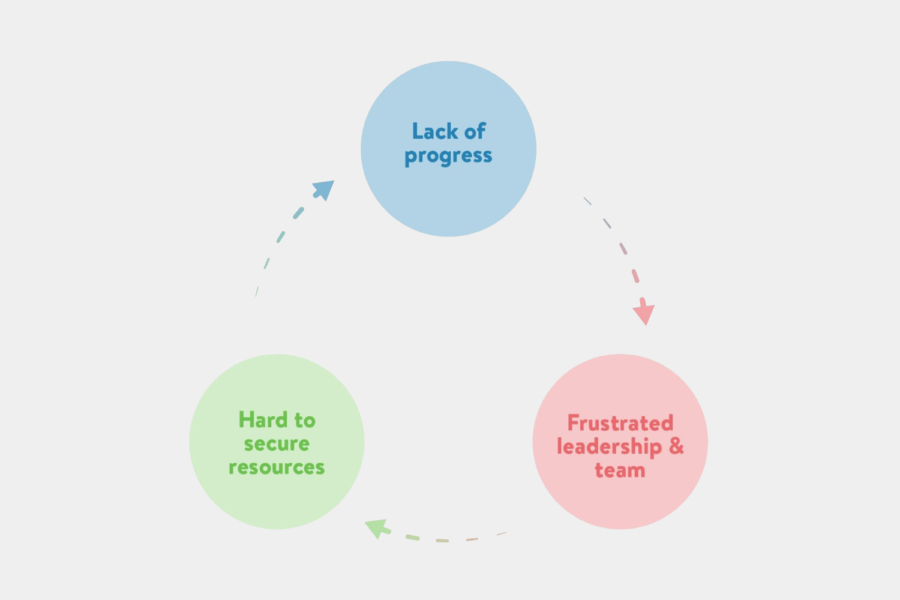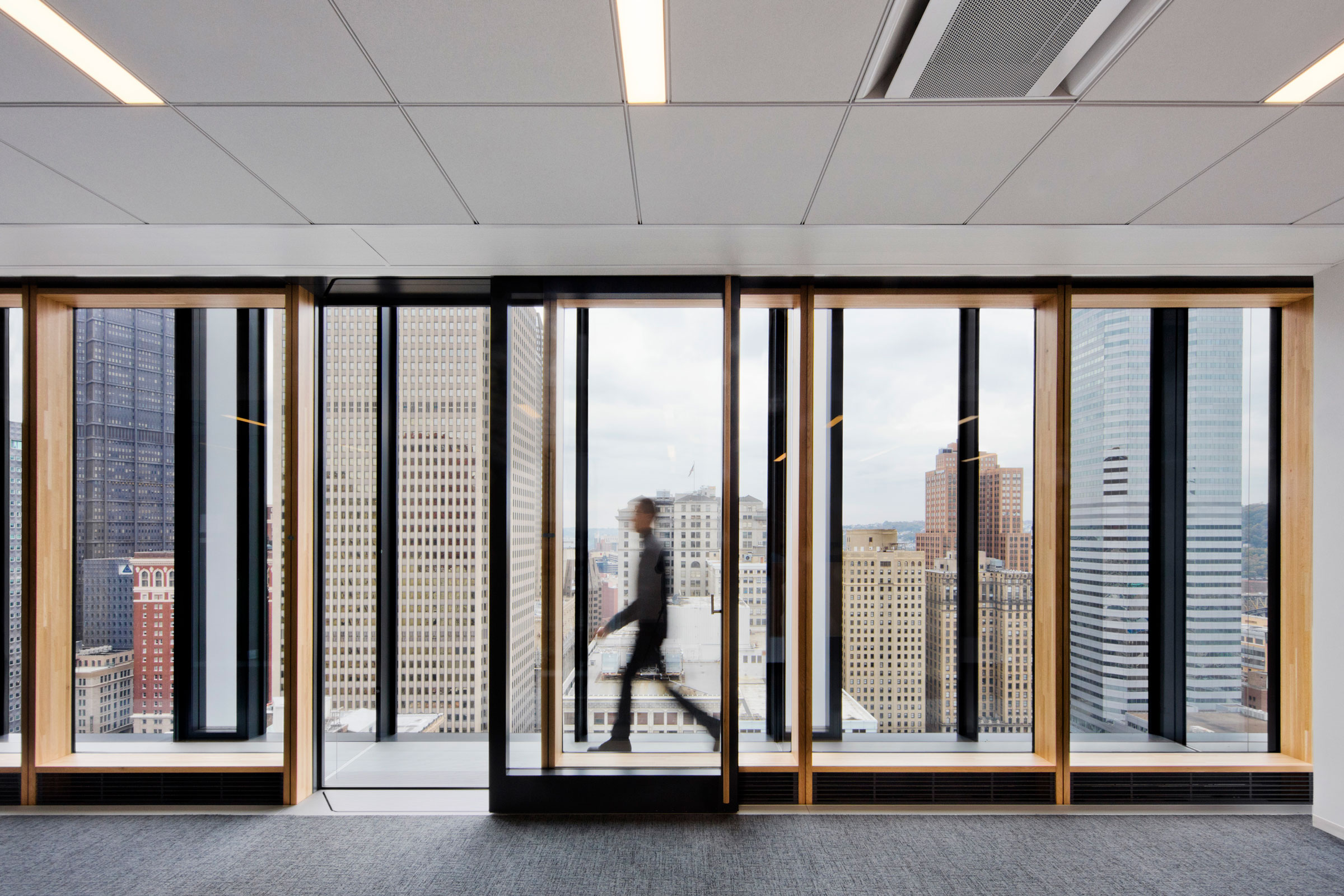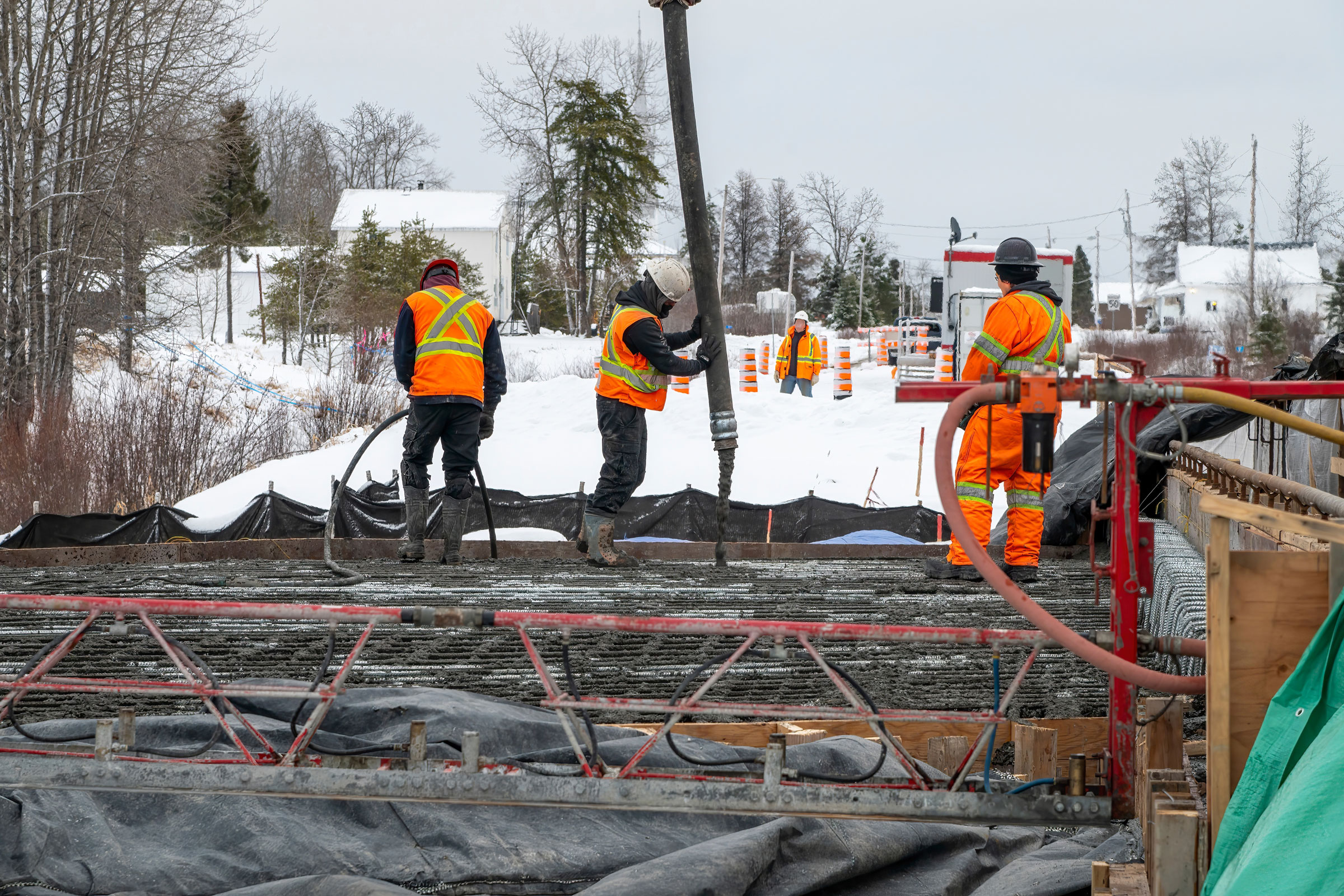Story at a glance:
- The team at Buro Happold identifies seven barriers holding businesses back from achieving their sustainability goals.
- Often businesses lack accountability structures and sustainability experience in their ranks, and most managers don’t know what their current sustainability performance is.
At the heart of most sustainability programs is the desire to achieve environmental and social goals. But as deadlines edge closer, how do companies go from well-meaning intentions to actually delivering on their goals?
Closing the gap between intention (goal) and achievement (actual impact) is central to success. I and the team at Buro Happold have set out seven barriers we believe are holding businesses back from achieving their sustainability goals—plus, how to spot them.
Closing the Intention to Achievement Gap
Based on experience working with 50-plus companies over the last 15 years, many of them Fortune 500, a few lessons have emerged to can help organizations succeed. Most importantly, the gap between intending to achieve goals and actually doing so often arises because big companies fail to take the requisite step of identifying the barriers in their way.
Barriers vary widely from technology limitations to lack of sustainability project experience on the team to ineffective oversight. For example, a company wants to be zero waste but isn’t getting it done. Instead of identifying the root cause, which might be a lack of communication, the wrong physical infrastructure, or overburdened staff who don’t have the headspace to think about zero waste, they jump straight to ordering new bins, creating signs, or calling new waste haulers, usually in a well-meaning but non-strategic shotgun approach.
If barriers aren’t identified it’s difficult to make progress on sustainability goals and a vicious cycle results: lack of progress > leadership/team frustration > increased difficulty securing resources > lack of progress.
The Barriers to Achieving Organizational Sustainability Goals

Buro Happold asks: Why does knowing the barrier matter? Image courtesy of Buro Happold
Experience reveals seven organization-wide barriers, or root causes, that consistently block company attainment of environmental and social sustainability goals.
First, they often lack accountability structures and sustainability experience in their ranks, and most managers don’t even know what their current sustainability performance is. On top of that, they don’t know what sustainability success looks like, or how it ties to company purpose. On top of that, the companies often find their hands are tied: They’re unable to deviate from business as usual, and so they can’t transition to a less certain but more sustainable path forward. Many can’t translate strategy into tactical actions, and very few are able to communicate the business value of sustainability.
The following list was distilled from working with many companies over time to identify trends and seven common barriers that show up repeatedly. This can be applied at a company-wide scale (the whole sustainability program) or at the initiative scale (waste reduction, transportation, etc.). Each barrier is listed followed by the telltale signs of its existence.
This screening checklist helps organizational leaders see if barriers are present in their organizations. If a statement applies, check the adjacent box. The more boxes that are checked, the greater the likelihood that the barrier is impacting the organization’s ability to deliver on its sustainability goals.
Screening Checklist

Santa Monica City Hall East. Photo by Alex Nye
This list was created by examining trends from working with more than 40 organizations across 13 sectors to assess and improve their sustainability programs. Barriers are generally listed in order of importance, meaning work from the top to the bottom of list. For example, if #1, Accountability Structure, is an issue for the company, they should tackle that first before moving on to a barrier further down the list.
Lack of funding is intentionally left off the list, as the seven barriers on the list are often the root cause for lack of funding. Overcoming the listed barriers typically leads to increased prioritization and resources for sustainability.
1. Lack of Accountability Structure
No single leader can speak to sustainability performance with confidence.
Sustainability responsibilities are not owned by anyone and usually executed by volunteers, if at all.
No documented policy or approach to sustainability governance, responsibility, or management.
The achievement of company sustainability goals is not in senior leaders individual KPIs.
2. Lack of Clarity of What Sustainability Success Looks Like and Tie to Company Purpose
No definitive list of what sustainability topics are material to the organization exists.
No quantitative sustainability targets that define success for sustainability exist.
Metrics for sustainability are not a part of evaluations of overall organizational performance.
3. Lack Understanding of Current Sustainability Performance
An organization-wide sustainability assessment has not been or is not periodically completed.
There is a lack of organization-wide awareness of current sustainability-related initiatives and needs.
Sustainability performance data is collected in silos without rigor or clear next steps.
There is a lack of awareness on where the organization is on sustainability adoption journey (pioneer, early adopter, majority, laggard).
4. Lack of Sustainability Experience and Education
There is not a “Sustainability 101” or orientation, specific to the company, for staff and leadership.
Key leaders and team members do not have a base level of sustainability education, leading to bias, flawed interpretations, and partially informed decisions.
Company culture is suspicious of sustainability as a default, voicing misnomers: “Sustainability is always more expensive,” “We are too big to change,” or “What we do does not make a difference.”
5. Inability to Deviate from Business as Usual (to a Less Certain, but More Sustainable Path)
Internal change management support resources do not exist.
Inability to commit to sustainability initiatives, stemming from uncertainty and fear that the “sustainable” path might hinder other business objectives.
Resistance due to worry that additional sustainability duties for employees will require added resources, or compensation.
6. Inability to Translate Strategy into Tactical Action
Organization had initial momentum, but achieving goals and progress is not occurring.
Sustainability program is unrealistically broad, compared to size of staff managing and executing.
A sustainability execution plan with specific initiatives, roles, and deadlines does not exist.
Internal sustainability team lacks implementation interest, experience, or skillsets.
7. Inability to Communicate the Business Value of Sustainability
Sustainable solutions are not framed as tools to achieve core business objectives (revenue, talent, risk reduction, etc.). Their sole reason for being is achieving sustainability goals.
Sustainability messaging is not embedded throughout organizational communications and is in stand-alone communications, if anywhere at all.
Buro Happold’s Kirsten Melling, Kathleen Hetrick, Isabelle Kavanaugh, and Isaac Smith, also contributed to this article.




